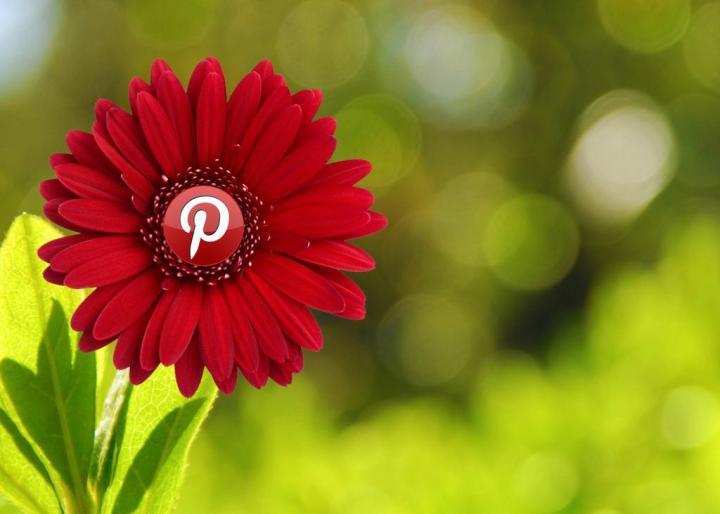
Where it gets really interesting is what powers visual search. Visual search is driven by something called deep learning, a form of artificial intelligence that’s getting wider use. It “trains” artificial neural networks – think of them as the computer systems behind interfaces – by providing them with a lot of data. Then, it gets inferences in reply to this new data.
Quoted in Venture Beat, Pinterest’s visual discovery head, Kevin Jing, explained that the company’s making a real effort to understand what its users really want when they’re perusing the site’s card-based interface. Deep learning and visual search can help its engineers determine exactly what’s in an image, and the company wants to use that information wisely once it’s been extracted.
Last week, the company published a post on its blog that detailed this breakthrough as well as future plans to present a paper about this research, which it presented at Sydney’s yearly ACM SIGKDD Conference on Knowledge Discovery and Data Mining.
But, there’s also another motive for the company: Visual search may help it bring in more revenue. Since its system is now capable of finding and displaying similar images, that should also translate to showing users relevant ads more intelligently.
Currently, Pinterest ranks 37 globally and 16 in the U.S., according to analytics company Alexa. It’ll be interesting to see what effect visual search’s improved user experience has on traffic to the site as well.


